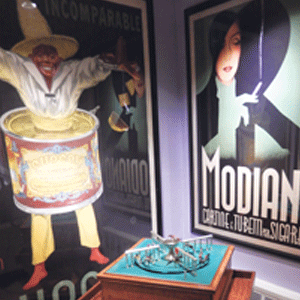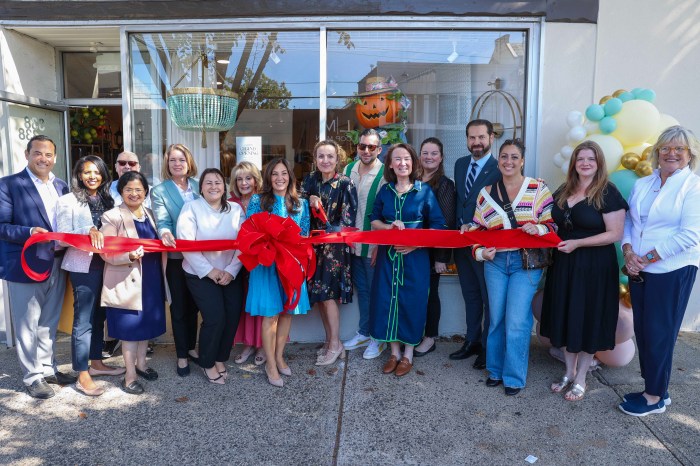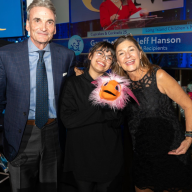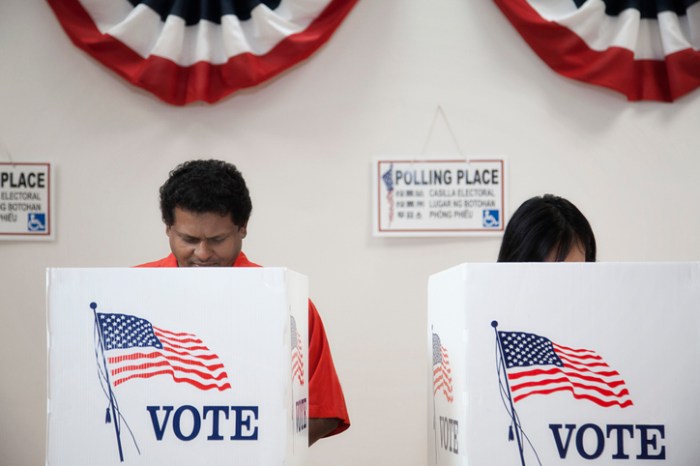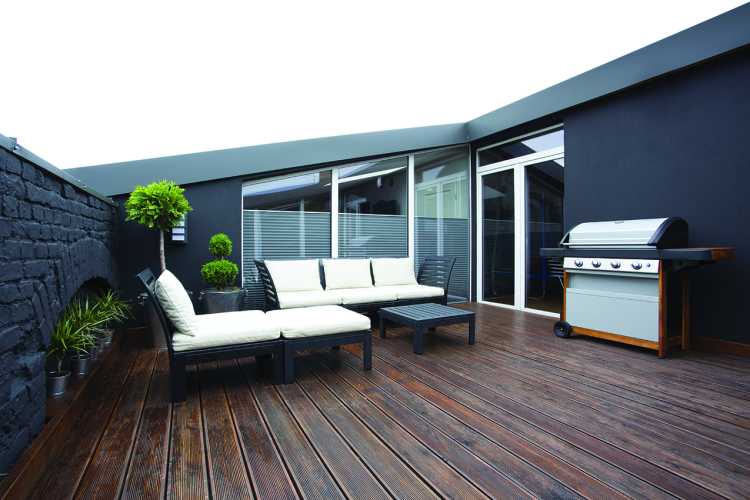Local resident builds strong collection of vintage posters
If you visit Chester Barton’s home, you won’t see framed family photos or beautiful landscape paintings on the wall. You wouldn’t notice any wall sconces or portraits. Instead, the Westbury residence is filled with large scale advertisements from all over the world.
Barton understands the art of the advertisement. Over the years, the Westbury resident has amassed a collection of more than 100 different vintage art posters, as well as prints.
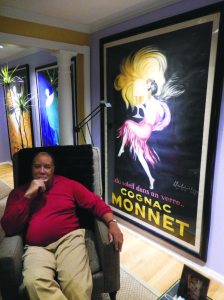
The walls of his home are tastefully covered with framed advertisements and prints of varying sizes, selling everything from cars, to cigarette paper to alcohol. But the posters look more like art than they do promotional material. Barton, a former principal in the city, said he is attracted to advertisements as an art form because it has a clear message.
“When you look at a poster, it’s telling you exactly what it’s all about,” Barton said. “It’s not like an abstract painting where it’s left up to your interpretation. The idea of the poster is to advertise and it’s clear. It’s as simple as what you see is what you’re understanding.”
Barton’s interest in collecting vintage posters was sparked 25 years ago when he got a brochure with the poster “Cognac Monnet” on the cover. He was captivated by Leonetto Cappiello’s vivid ad of a woman in a red dress drinking out of a large glass. He started searching for the poster in Manhattan, scouring Chelsea where there were a handful of vintage poster dealers. He eventually found it and bought it for $700. Today, the print is worth $3,000 to $4,000.
Barton said that while his tastes have changed and become more refined over the years, he said he still likes images that are similar to the first one he bought 25 years ago.
“Most of my posters have very feminine, beautiful women,” he said. “One of my favorite artists is Alphonse Mucha. He presents women as very idealized, very feminine and mystical. They’re just attractive and mysterious women. That you’ll always see in the art nouveau period.”
The process of buying vintage ads has changed greatly over the past two decades, a change Barton credits largely to the Internet. When he first started building up his collection, he used to go to auction houses and galleries to buy them, but now most of his pieces come from online auctions. And the markets have grown from European cities and a few big cities in America, to all over the country.
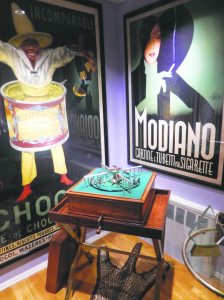
“Collecting now is very popular,” Barton said. “With the Internet you have an international market, before this was a localized hobby…and the best items are now in the New York area. The Europeans are coming to New York to buy posters that used to be hanging in their cities.”
When he buys posters, quality is key, even if that means spending some serious cash. Over the years, Barton has spent $200,000—$250,000 building up his collection of vintage posters.
“There are some beautiful posters you can buy for a few hundred dollars but that means a lot of people might have that so you try to get better quality,” Barton said. “The more money you have, you can find rarer posters.”
In addition to vintage posters, Barton also collects prints and vintage tin toys. Not everything he has goes up in value, he noted, saying that people shouldn’t go into the hobby for money.
“There are better ways to invest,” said Barton. “But if you really like this hobby, you will keep participating until you expire. There is no age limit.”




